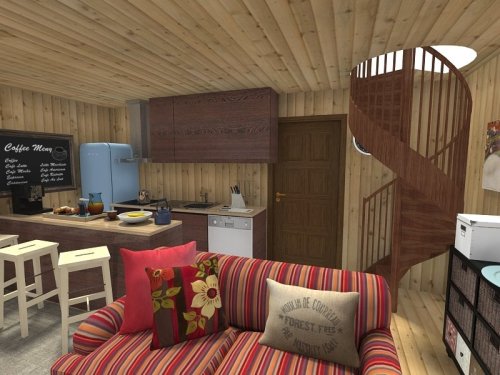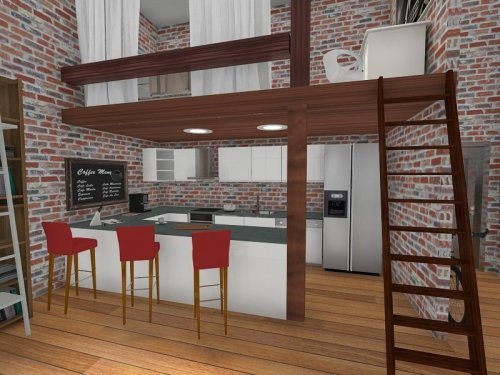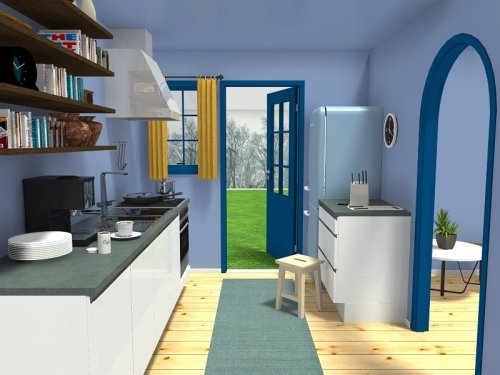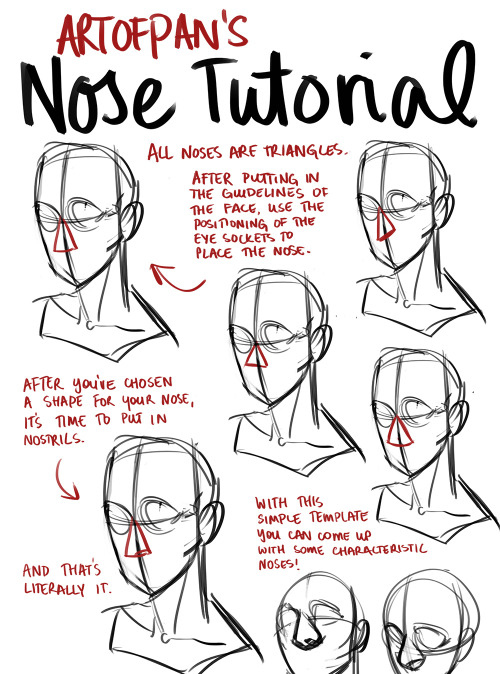Relaxed Hands By Moni158

Relaxed hands by moni158
More Posts from Arttuti and Others







So here is that tutorial thingy i promised.
All of it is pretty basic stuff, no secret ingredients in there, still, i hope the way it’s put together is somehow comprehensible.
For artists who have problems with perspective (furniture etc.) in indoor scenes like me - there’s an online programm called roomsketcher where you can design a house/roon and snap pictures of it using different perspectives.
It’s got an almost endless range of furniture, doors, windows, stairs etc and is easy to use. In addition to that, you don’t have to install anything and if you create an account (which is free) you can save and return to your houses.
Examples (all done by me):




Here’s an example for how you can use it


Can you help me out with drawing feet from different perspectives? I cant even with feet, thank you!
oh dang feet are one of my weaker points so this will be brief.
first i start out with the main shape of the foot (simplify it into a wedge or triangle just to maintain proportions) note: toes are weird

and then start filling in the finer details. At this point, its up to the drawing gods to decide your fate idk just a;sldkfjAKDLFJS

*sweats* and there ya go
can you give a run down on skintones?
PART ONE: COLOR SELECTION.
In painting skin tones, a lot of the time I see people choose colors that are over-saturated or unbalanced. There isn’t really an exact art to this that I can explain—you just need to get a feel for what saturation balance you need for that particular skintone. Here are some examples of what I usually pick.

As you can see, I used different base colors (orange, reddish, yellow) for the skin shades in all three examples. The reason for this is because all skin tones have a different base color besides just Light, Medium, and dark. Some people divide them into categories of “warm” and “cool.” Pantone has some really good examples and references for this.

PART TWO: COLOR VARIATION.
Another big part about drawing and painting skin tones that a lot of people forget is how skin thickness affects color variation. The presence of bone, blood, and muscle underneath the skin affects its colors. This is especially noticeable on the face.

The colors here are a little exaggerated to show my point, but with a little adjusting and blending…

Voila! Subtle, but more realistic.
PART THREE: DETAILS.
Our skin is the largest organ on our body, and as our body’s first line of defense against the outside world, it’ll be covered with tiny details and imperfections. Things like sunburns, tans, freckles, scars, and facial hair all add character to your subject matter. Here are some examples!
TANS: Everyone tans differently, depending on your ethnicity and skin tone. Fair skinned folks tend to burn more than tan, which means you’ll need a more startling, eye-catching red.If you have a skin type that tends to tan more, the color will be more brown than red. For black skin tones, the tan is less red. (And while we’re on the subject: black people DO tan, so it’s important for you to put on sunscreen and be careful in the sun, too.)

Those are the areas that the sun tends to hit the most—and things like goggles, hats, and masks can change the shape of that area.
FRECKLES AND MOLES: Freckles are also products of the sun. Some people have freckles that stay year-round, while others have freckles that fade in the winter and return in the summer. Moles are skin cells that grow in a cluster instead of being spread throughout the skin. When exposed to the sun, they tend to darken. (Another note on skin health: if you have any oddly-shaped/colored moles, moles that have changed color, size, or shape, or anything of the sort, please check with your doctor!)
Freckles like to cluster around each other, sort of like stars, and they vary greatly in size. You can have a few freckles in one place, or a lot of freckles in multiple places. Most commonly freckled areas are your face, shoulders and neck, back, and forearms.

FACIAL HAIR: Facial hair also affects the colors of the face. For simplicity’s sake we’ll be using black hair, as it is the most noticeable. Facial hair usually grows in these areas, and can make the skin look blueish/grayish because of the darker hairs beneath the skin. If your hair is red, this also very noticeable.

END NOTE.
There you go! That’s about all I can think of at the moment for skin tones. As always, references and practice are your best friend (and so is this neat little trick that pheberoni has.) Good luck with your arting!
wow, I've just discovered your art and just have to say - where has it been all my life? It's perfect and you imbue so much personality into your figures. I wondered whether you have any tips or tutorials on how you draw eyes as they always vex me. I can never get them right :/ thank you!!
Thanks very much!! Eyes are pretty much just spheres sitting in sockets with 2 strips of skin draped on it. I can’t draw a circle to save my life but I hope this helps lol




Whoo, super long nose tutorial! I’m sure there’s heaps I didn’t mention in this but this is generally how I approach it - the main thing is to check out references and try and draw different noses, it’ll help you create more diverse characters and have fun with it without being afraid of drawing the nose (since it’s genuinely one of my favourite things to draw).
Other tutorials: X
-
 artreferencesarchive reblogged this · 1 year ago
artreferencesarchive reblogged this · 1 year ago -
 punnypandemonium liked this · 2 years ago
punnypandemonium liked this · 2 years ago -
 hydrangeahelper reblogged this · 3 years ago
hydrangeahelper reblogged this · 3 years ago -
 pandora-morningstar liked this · 3 years ago
pandora-morningstar liked this · 3 years ago -
 maresla10 reblogged this · 4 years ago
maresla10 reblogged this · 4 years ago -
 maresla10 liked this · 4 years ago
maresla10 liked this · 4 years ago -
 princesscedar liked this · 4 years ago
princesscedar liked this · 4 years ago -
 heroinicyfingers liked this · 4 years ago
heroinicyfingers liked this · 4 years ago -
 gamersquirrel liked this · 4 years ago
gamersquirrel liked this · 4 years ago -
 elicent liked this · 5 years ago
elicent liked this · 5 years ago -
 i-have-the-cheese-touch reblogged this · 5 years ago
i-have-the-cheese-touch reblogged this · 5 years ago -
 greyshour liked this · 5 years ago
greyshour liked this · 5 years ago -
 bluevveather liked this · 5 years ago
bluevveather liked this · 5 years ago -
 psychonikvincent liked this · 5 years ago
psychonikvincent liked this · 5 years ago -
 imtryingsohardipromise liked this · 5 years ago
imtryingsohardipromise liked this · 5 years ago -
 heartkeymoon liked this · 5 years ago
heartkeymoon liked this · 5 years ago -
 bladefoxfairy liked this · 5 years ago
bladefoxfairy liked this · 5 years ago -
 librajac liked this · 5 years ago
librajac liked this · 5 years ago -
 dorkidiot liked this · 5 years ago
dorkidiot liked this · 5 years ago -
 tropictoucan liked this · 5 years ago
tropictoucan liked this · 5 years ago -
 anomiris reblogged this · 5 years ago
anomiris reblogged this · 5 years ago -
 hey-haven liked this · 5 years ago
hey-haven liked this · 5 years ago -
 diamondredstar liked this · 5 years ago
diamondredstar liked this · 5 years ago -
 big-calcium-energy reblogged this · 6 years ago
big-calcium-energy reblogged this · 6 years ago -
 big-calcium-energy liked this · 6 years ago
big-calcium-energy liked this · 6 years ago -
 eclipsery liked this · 6 years ago
eclipsery liked this · 6 years ago -
 deathssweater reblogged this · 6 years ago
deathssweater reblogged this · 6 years ago -
 technighost liked this · 6 years ago
technighost liked this · 6 years ago -
 grays-matter liked this · 6 years ago
grays-matter liked this · 6 years ago -
 bugsupport liked this · 6 years ago
bugsupport liked this · 6 years ago -
 tixelsketchbookuniverse reblogged this · 6 years ago
tixelsketchbookuniverse reblogged this · 6 years ago -
 tixelsketchbookuniverse liked this · 6 years ago
tixelsketchbookuniverse liked this · 6 years ago -
 derek38 liked this · 6 years ago
derek38 liked this · 6 years ago -
 teito20 liked this · 6 years ago
teito20 liked this · 6 years ago -
 the-raiza liked this · 6 years ago
the-raiza liked this · 6 years ago -
 nadinemarie-art reblogged this · 6 years ago
nadinemarie-art reblogged this · 6 years ago -
 vio1315 liked this · 6 years ago
vio1315 liked this · 6 years ago

















